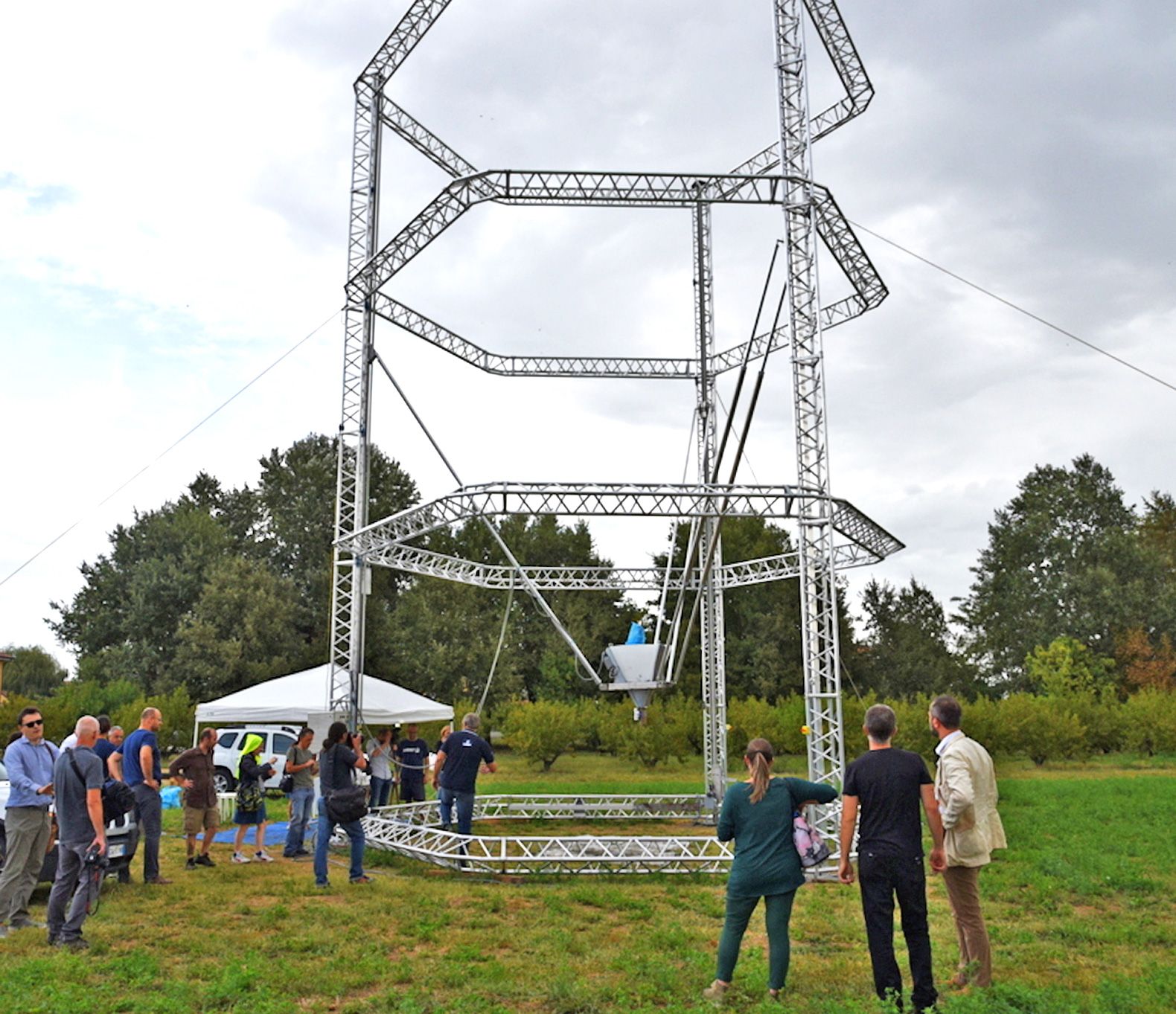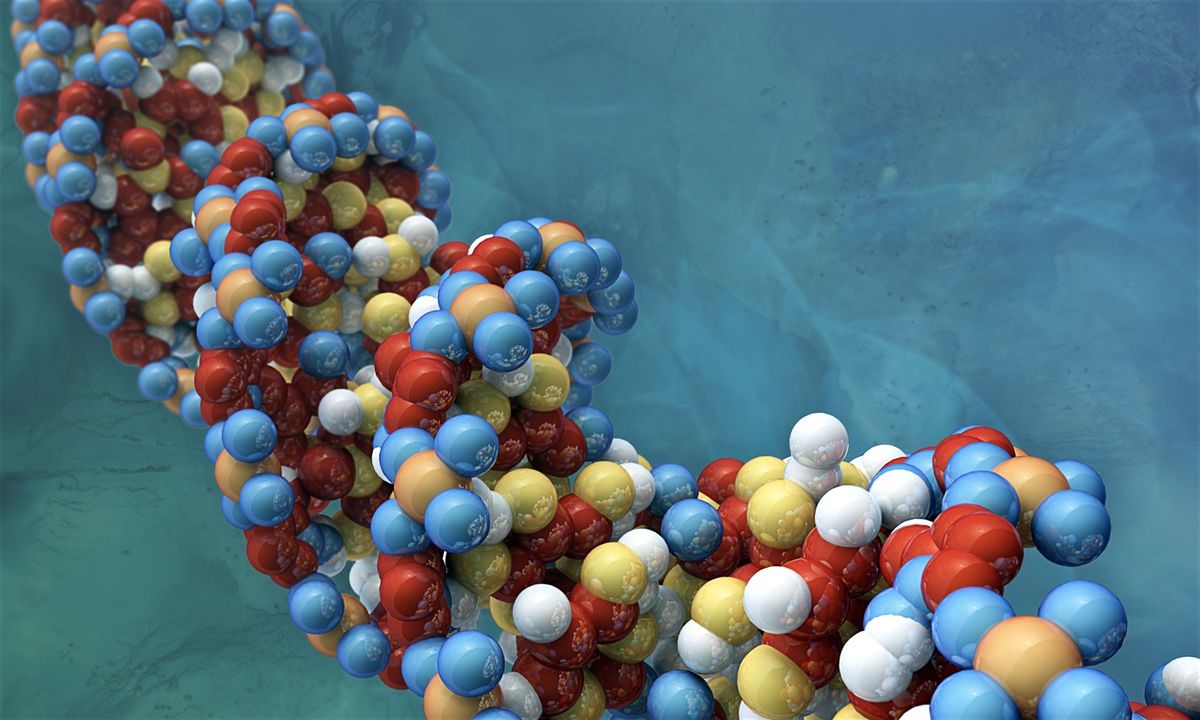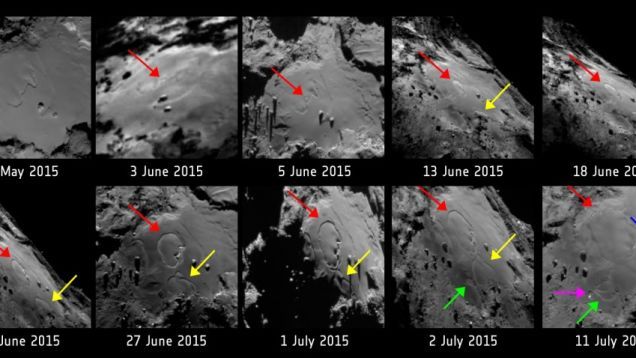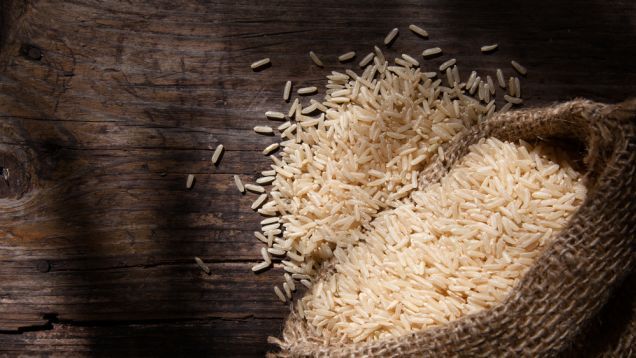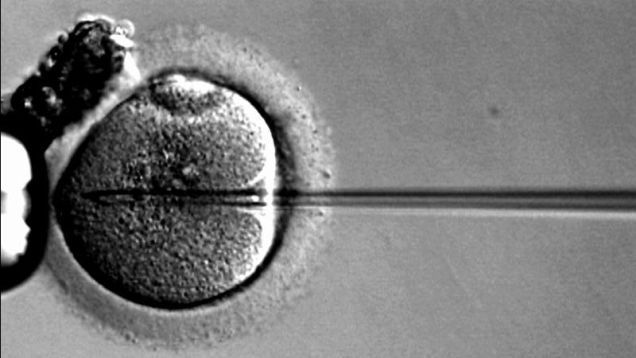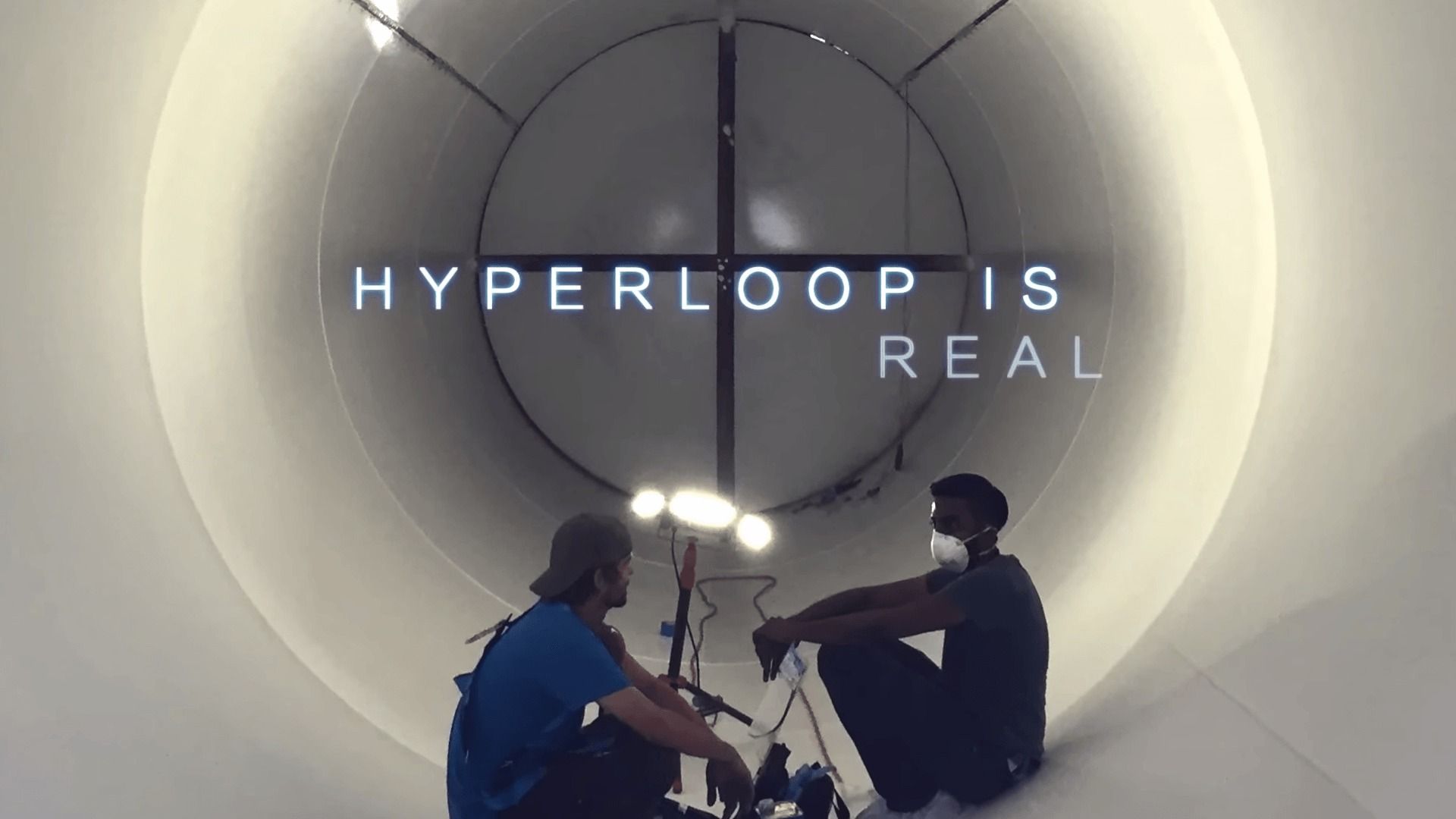They may not look like it, but each of these photos from Rosetta is of the same site on Comet 67P/ Churyumov-Gerasimenko, within just six short weeks. Something big is happening up there—but what is it?
This particular comet site has been steadily monitored by the ESA since August of 2014, and nothing has been happening. Literally. Viewed in detail of up to 1/10 of a meter, the site had stayed exactly the same. Until late May, when suddenly everything started changing again and again and again.
Some land features disappeared, others were added. Some were temporary, some stayed. What’s happening there and why? Scientists still aren’t sure, but they’ve come up with a few theories:
Read more

